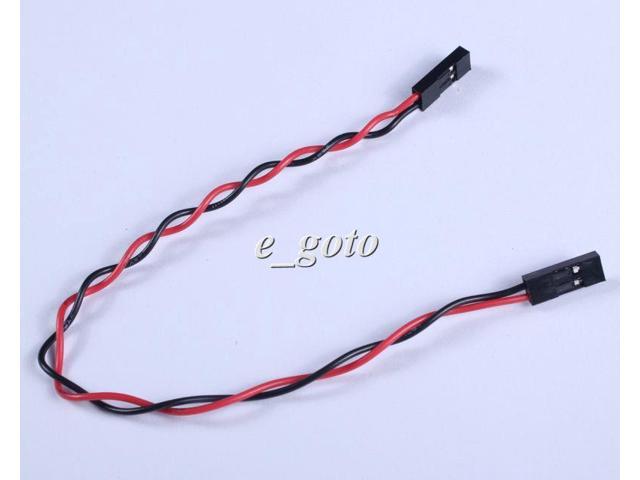I'm wondering if anyone has developed a system using internal quick-disconnect systems when wiring up their guitars. I think this sort of thing would be particularly useful for pickup swapping, or in the case of a Strat, loaded pickguard swapping.
I'm aware that there are some manufacturers out there who are already using solderless harnesses for their pickups (Epi and Gibson, I think, as well as others). I don't have any guitars like that, and my application doesn't involve testing pickups that have those sorts of connections (at least for now). I'm more interested in hearing about different DIY solutions that people might have implemented that didn't involve buying a commercial solderless wiring harness.
In the instant case, I'm working on a parts-caster Strat. I'd like to be able to do pickup swaps, and because of all of the screws that are involved in a strat pickguard and pickup removal, the easiest way to do this seems to be to swap out loaded pickguards. The only hurdle to overcome in making it really easy to swap a Strat loaded pickguard is the soldered connection to the output jack. To make the swapping experience totally solderless, I've thought about using some sort of quick-connector located in the main control cavity to connect the output jack to the loaded pickguard assembly.
I'm wondering if anyone has done this and what sort of connectors they found to be useful. I'm searching my junk drawers for for things to repurpose and it's looking like I might have to buy something, so I thought I'd ask.
I'm aware that there are some manufacturers out there who are already using solderless harnesses for their pickups (Epi and Gibson, I think, as well as others). I don't have any guitars like that, and my application doesn't involve testing pickups that have those sorts of connections (at least for now). I'm more interested in hearing about different DIY solutions that people might have implemented that didn't involve buying a commercial solderless wiring harness.
In the instant case, I'm working on a parts-caster Strat. I'd like to be able to do pickup swaps, and because of all of the screws that are involved in a strat pickguard and pickup removal, the easiest way to do this seems to be to swap out loaded pickguards. The only hurdle to overcome in making it really easy to swap a Strat loaded pickguard is the soldered connection to the output jack. To make the swapping experience totally solderless, I've thought about using some sort of quick-connector located in the main control cavity to connect the output jack to the loaded pickguard assembly.
I'm wondering if anyone has done this and what sort of connectors they found to be useful. I'm searching my junk drawers for for things to repurpose and it's looking like I might have to buy something, so I thought I'd ask.

 ... but you knew somebody waz gonna say that...
... but you knew somebody waz gonna say that... 
Comment